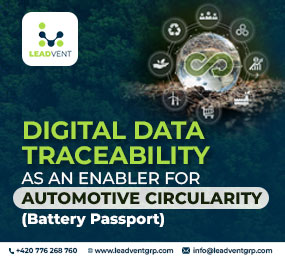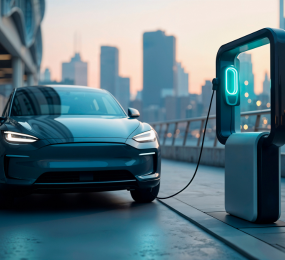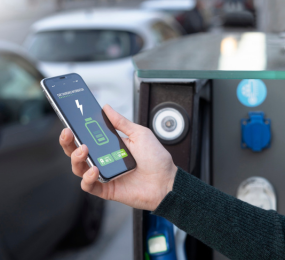Public-Private Partnerships in Recycling EV Infrastructure
As the electric vehicle (EV) market continues to expand, the need for effective electric vehicle battery recycling becomes increasingly critical. With projections indicating that the global market for EV battery recycling could reach $56.3 billion by 2031, the role of public-private partnerships (PPPs) in establishing robust recycling infrastructures is paramount. This article explores the significance of PPPs in enhancing EV battery recycling initiatives and presents case studies, statistics, and frequently asked questions to provide a comprehensive overview of this evolving sector.
The Importance of EV Battery Recycling
Environmental Impact
The environmental implications of discarded EV batteries are substantial. Currently, only 5% of EV batteries are recycled, despite the fact that up to 95% of lithium-ion batteries can be recovered. This discrepancy leads to significant waste and resource depletion, exacerbating environmental concerns associated with battery disposal.
Economic Opportunities
The shift towards a circular economy in battery usage not only addresses environmental issues but also presents economic opportunities. By repurposing and recycling batteries, industries can reduce reliance on raw materials and create jobs in the recycling sector. For instance, India's EV battery recycling market is projected to expand from 2 GWh in 2023 to 128 GWh by 2030, driven by regulatory frameworks encouraging sustainable practices.
Role of Public-Private Partnerships
Public-private partnerships are essential for developing effective recycling systems that can handle the growing number of EV batteries reaching their end-of-life. These collaborations can facilitate:
- Investment in Infrastructure: Joint funding initiatives can help establish advanced recycling facilities equipped with cutting-edge technologies.
- Standardization: Collaborations can lead to the development of standardized procedures for battery assessment and recycling, improving efficiency.
- Research and Development: PPPs can foster innovation in recycling methods, such as hydrometallurgy and direct recycling techniques that minimize environmental impact.
Case Studies
Case Study 1: European Union Initiatives
The European Union has implemented stringent regulations requiring manufacturers to take responsibility for the end-of-life management of their batteries. This approach has led to significant investments in recycling infrastructure, resulting in a higher recovery rate of materials from used batteries. By 2025, EU regulations mandate that manufacturers recycle at least 70% of their used batteries, showcasing how effective PPPs can drive sustainability.
Case Study 2: India’s Battery Waste Management Rules
India's recent introduction of the Battery Waste Management Rules-2022 exemplifies a successful public-private partnership model. The rules mandate producers' responsibility for collecting and recycling waste batteries while encouraging new industries to emerge within the recycling sector. This initiative is expected to facilitate a minimum recovery rate of 90% by 2027, significantly improving India's battery recycling capabilities.
Current Statistics on EV Battery Recycling
- In 2020, approximately 550,000 EV batteries reached the end of their life cycle.
- By 2035, it is estimated that an additional 150 million batteries will be generated globally.
- The global market for EV battery reuse and recycling is expected to grow from $8 billion in 2024 to $28 billion by 2029, reflecting a compound annual growth rate (CAGR) of 28.5% during this period.
Frequently Asked Questions (FAQs)
What are the primary obstacles faced in the recycling of electric vehicle batteries?
The primary challenges include high costs associated with recycling processes, lack of standardized procedures for assessing battery capacity, and insufficient infrastructure for large-scale operations.
How do public-private partnerships enhance EV battery recycling efforts?
PPPs facilitate investments in infrastructure, promote research and development, and create standardized practices that improve efficiency and effectiveness in battery recycling processes.
What innovations are being explored in EV battery recycling?
Innovative techniques such as bioleaching, deep eutectic solvents (DES), and robotic disassembly are being researched to enhance material recovery while minimizing environmental impact.
Conclusion
Public-private partnerships play a crucial role in advancing electric vehicle battery recycling initiatives. By fostering collaboration between governments, manufacturers, and recyclers, these partnerships can effectively address the challenges faced in this sector. As we move towards a more sustainable future, it is imperative that stakeholders continue to invest in innovative solutions that promote efficient recycling practices. With growing awareness and regulatory support, the potential for a robust EV battery recycling industry is not only achievable but essential for sustainable transportation.












